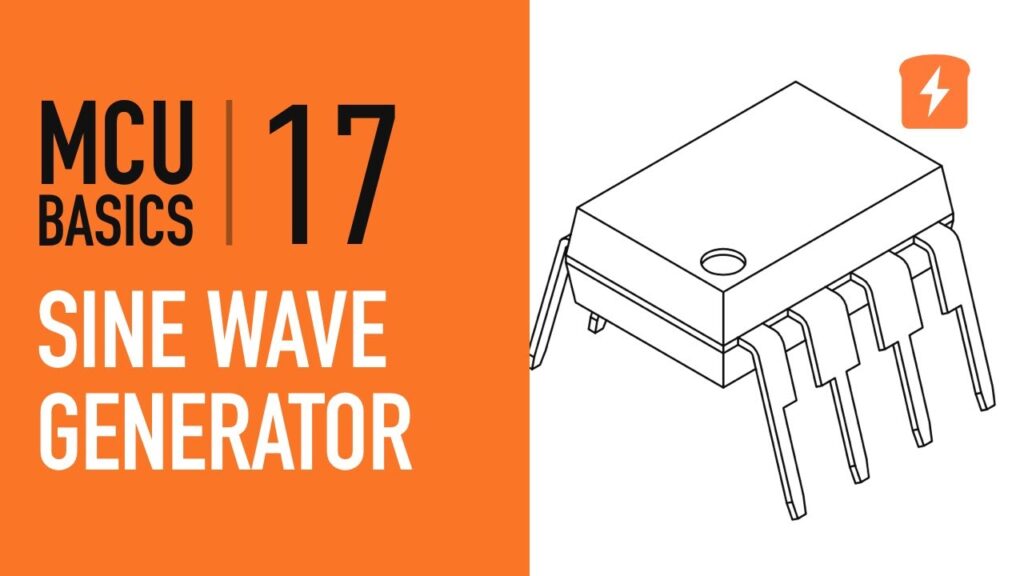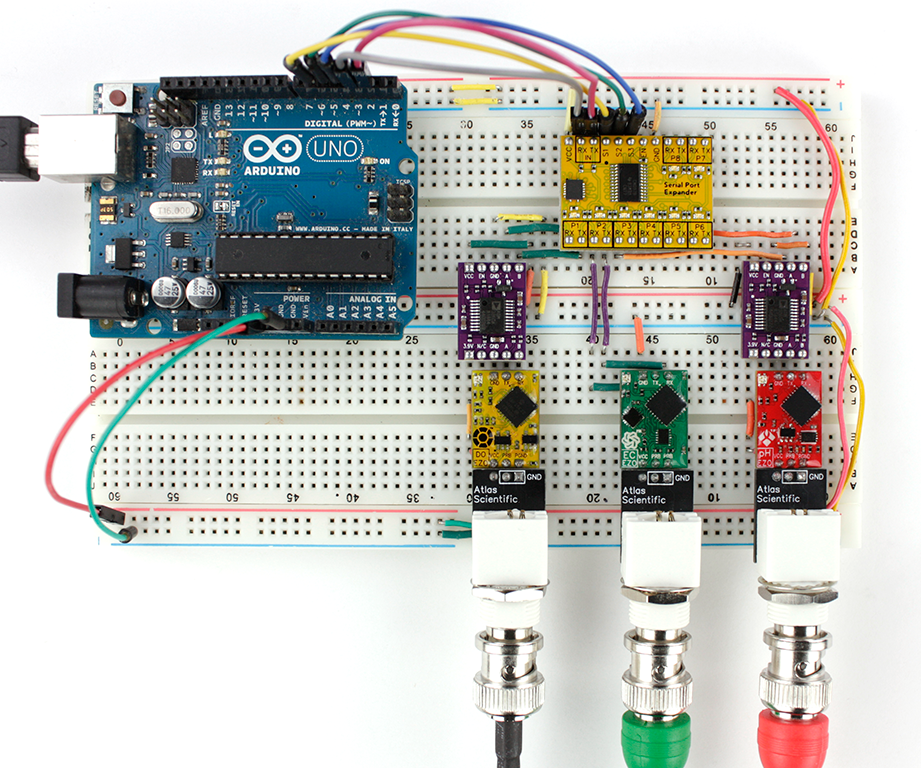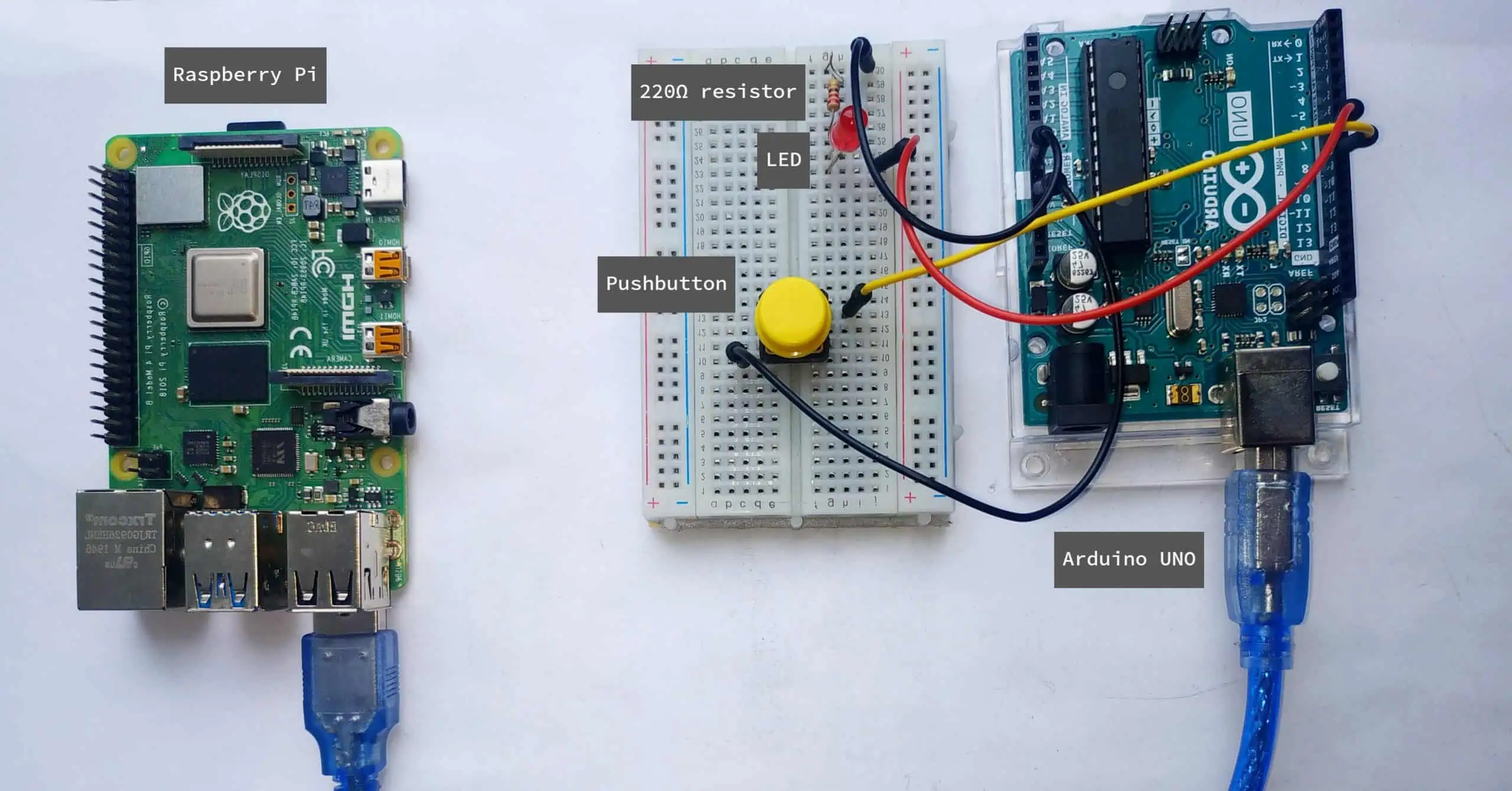How to Generate Sine Waves with a Microcontroller
Generating sine waves with a microcontroller can be a useful skill for electronics enthusiasts and engineers. Sine waves are fundamental in many applications, such as signal processing, audio synthesis, and power electronics. In this article, we will explore the basics of generating sine waves using a microcontroller.
Understanding Sine Waves
A sine wave is a type of waveform that oscillates between a maximum and minimum value in a smooth, periodic manner. It is characterized by its amplitude, frequency, and phase. Sine waves are essential in many fields of electronics and are often used to represent signals accurately.
In electronic circuits, sine waves are commonly used for signal processing, modulation, and filtering. They are also prevalent in audio applications, where they are used to generate tones and music. Additionally, sine waves are used in power electronics to generate PWM signals for motor control and power conversion.
Generating Sine Waves with a Microcontroller
Microcontrollers are versatile devices that can generate precise waveforms, including sine waves. To generate a sine wave with a microcontroller, you can use various techniques, such as lookup tables, digital signal processing, and direct digital synthesis.
One of the simplest methods to generate a sine wave is using a lookup table. In this method, you pre-calculate a sine wave and store its values in an array. Then, you can output these values sequentially to produce a sine wave signal. This method is straightforward and efficient for generating accurate sine waves.
Another technique for generating sine waves is digital signal processing (DSP). In DSP, you can use algorithms such as the Fast Fourier Transform (FFT) to generate sine waves with high precision and flexibility. DSP is commonly used in audio applications and digital communications for generating complex waveforms.
Direct digital synthesis (DDS) is another popular method for generating sine waves with a microcontroller. DDS uses a phase accumulator and a sine lookup table to generate precise sine wave signals. DDS is widely used in frequency synthesis, waveform generation, and RF signal generation.
Conclusion
Generating sine waves with a microcontroller is a valuable skill for electronics enthusiasts and engineers. Sine waves are essential in many applications, and microcontrollers can generate them accurately using various techniques such as lookup tables, digital signal processing, and direct digital synthesis. By mastering the art of generating sine waves, you can unleash the full potential of your microcontroller in various electronic projects.
Whether you are designing an audio synthesizer, a signal generator, or a motor control system, understanding how to generate sine waves with a microcontroller will undoubtedly enhance your skills and broaden your capabilities as an electronics enthusiast. So, roll up your sleeves, grab your microcontroller, and start experimenting with sine waves today!
How to Generate Sine Waves with a Microcontroller
Generating sine waves with a microcontroller can be a useful skill for electronics enthusiasts and engineers. Sine waves are fundamental in many applications, such as signal processing, audio synthesis, and power electronics. In this article, we will explore the basics of generating sine waves using a microcontroller.
Understanding Sine Waves
A sine wave is a type of waveform that oscillates between a maximum and minimum value in a smooth, periodic manner. It is characterized by its amplitude, frequency, and phase. Sine waves are essential in many fields of electronics and are often used to represent signals accurately.
In electronic circuits, sine waves are commonly used for signal processing, modulation, and filtering. They are also prevalent in audio applications, where they are used to generate tones and music. Additionally, sine waves are used in power electronics to generate PWM signals for motor control and power conversion.
Generating Sine Waves with a Microcontroller
Microcontrollers are versatile devices that can generate precise waveforms, including sine waves. To generate a sine wave with a microcontroller, you can use various techniques, such as lookup tables, digital signal processing, and direct digital synthesis.
One of the simplest methods to generate a sine wave is using a lookup table. In this method, you pre-calculate a sine wave and store its values in an array. Then, you can output these values sequentially to produce a sine wave signal. This method is straightforward and efficient for generating accurate sine waves.
Another technique for generating sine waves is digital signal processing (DSP). In DSP, you can use algorithms such as the Fast Fourier Transform (FFT) to generate sine waves with high precision and flexibility. DSP is commonly used in audio applications and digital communications for generating complex waveforms.
Direct digital synthesis (DDS) is another popular method for generating sine waves with a microcontroller. DDS uses a phase accumulator and a sine lookup table to generate precise sine wave signals. DDS is widely used in frequency synthesis, waveform generation, and RF signal generation.
Conclusion
Generating sine waves with a microcontroller is a valuable skill for electronics enthusiasts and engineers. Sine waves are essential in many applications, and microcontrollers can generate them accurately using various techniques such as lookup tables, digital signal processing, and direct digital synthesis. By mastering the art of generating sine waves, you can unleash the full potential of your microcontroller in various electronic projects.
Whether you are designing an audio synthesizer, a signal generator, or a motor control system, understanding how to generate sine waves with a microcontroller will undoubtedly enhance your skills and broaden your capabilities as an electronics enthusiast. So, roll up your sleeves, grab your microcontroller, and start experimenting with sine waves today!



